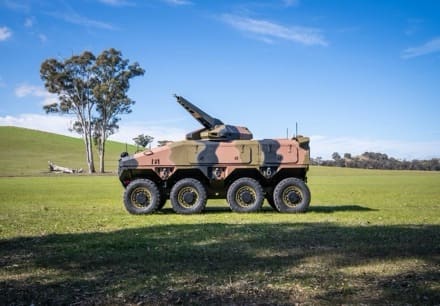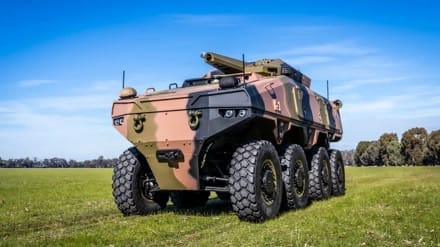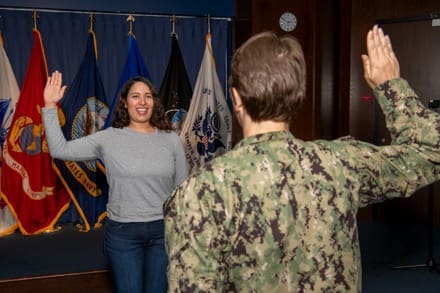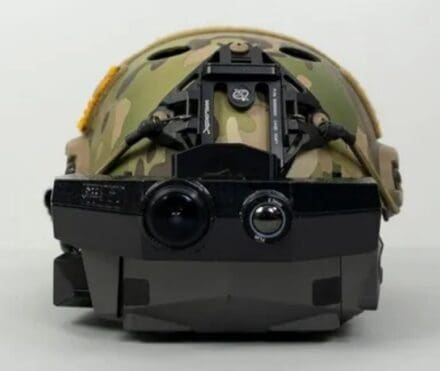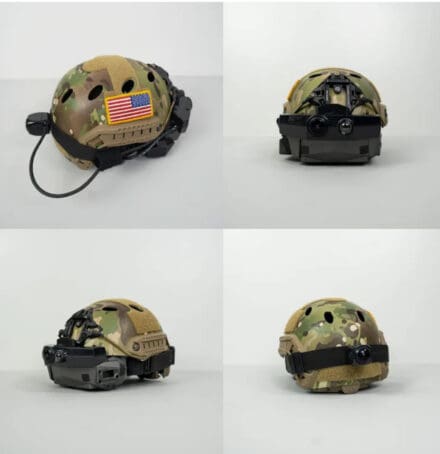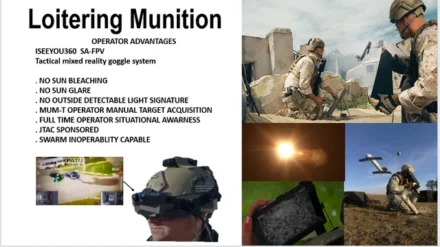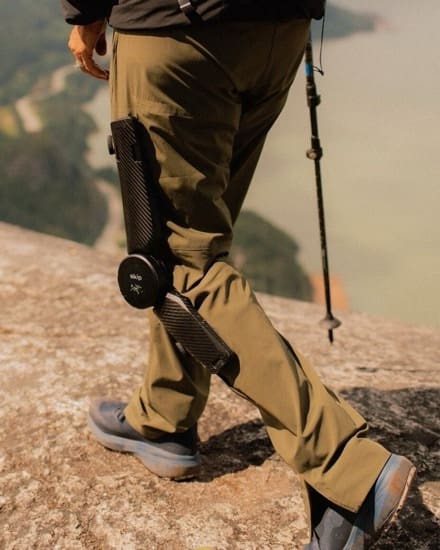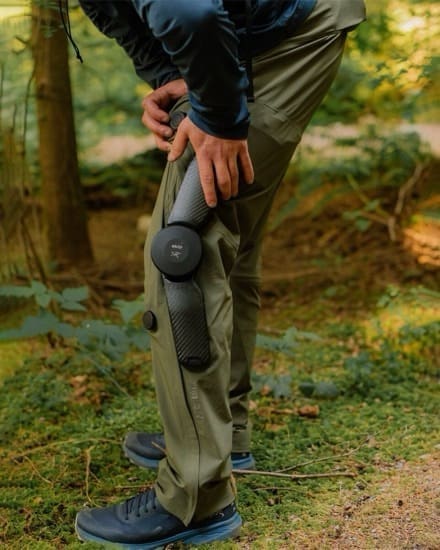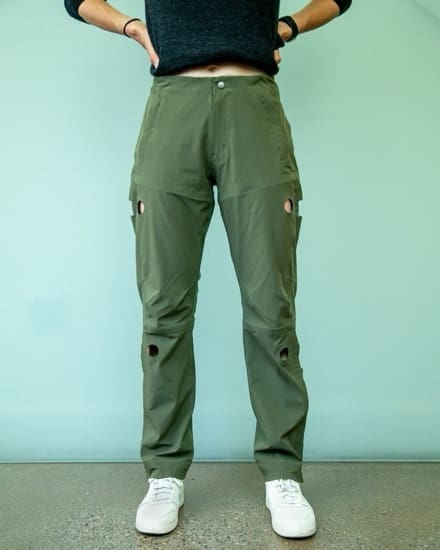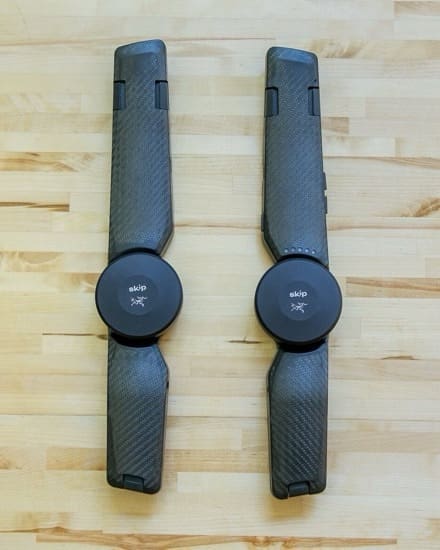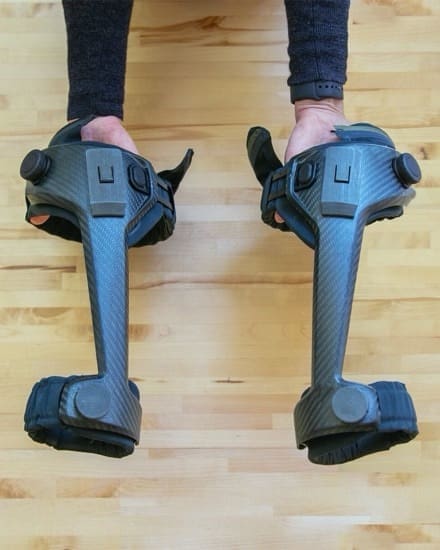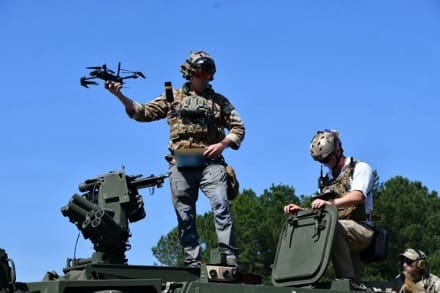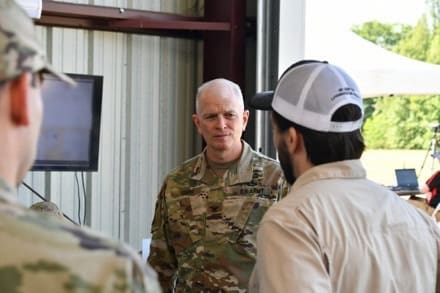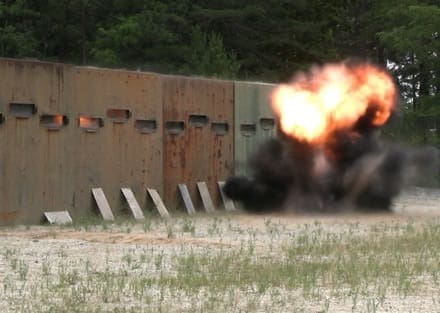Rheinmetall has once again demonstrated its expertise in the field of artificial intelligence. It achieved a significant success in connection with the Interoperable Robotic Convoy (InterRoC) project. In the European Land Robot Trial 2024 (ELROB) competition, the Rheinmetall InterRoc team consisting of the Research & Technology division of Rheinmetall Landsysteme GmbH and Rheinmetall Canada Inc. won first place in the “Automated Convoy” category. The combination of HX truck and integrated PATH autonomy kit proved its worth.
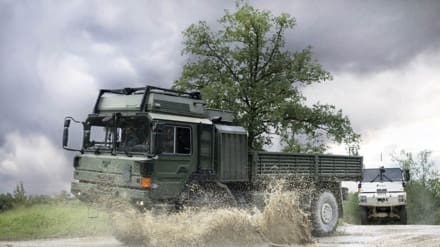
The Rheinmetall PATH autonomy kit (‘PATH A-Kit’) is an AI-supported navigation system that can be installed in almost any vehicle. It has already proven itself several times in trials in various platforms, including in the Mission Master robotic vehicle family. Just last year, it was successfully used in the 2023 Estonia Unmanned Ground Systems Autonomy Trials. At ELROB 2024, the PATH A-Kit controlled two of the highly mobile HX logistics vehicles as part of the convoy scenario. Both HX vehicles were also equipped with a drive-by-wire system.
ELROB is one of the most demanding open international competitions in the field of robotics, sensor technology and autonomy. Every two years, participants from universities as well as civilian and military manufacturers compete against each other. The aim is to test the capabilities of modern robots. This year was the 12th edition. It took place from 24 to 28 June at the German Armed Forces Technical Center for Land-Based Vehicle Systems, Engineer and General Field Equipment (Wehrtechnische Dienststelle WTD 41) in Trier. 19 teams took part. Rheinmetall subsidiaries Rheinmetall Landsysteme GmbH and Rheinmetall Canada competed in a tactical leader-follower scenario and an actual real-life scenario.
The level of difficulty of this year’s tasks was significantly increased compared to the 2022 competition. The autonomously driving trucks and the convoy commander had to react to dynamic obstacles, alternative routes and various electromagnetic interferers, among other things. However, the system was able to solve all tasks in an exemplary manner.
The HX vehicles had to overcome eleven different obstacles on a 6 km circuit. The most difficult challenges included narrow paths, transitions between on-road and off-road driving, navigating through open and dense forests, communication interference, reversing and driving around obstacles. “The course was very challenging. The organisers did a fantastic job of making the competition a realistic military scenario and our performance shows that the Rheinmetall PATH-A kit is ready for real-world use cases,” said Paul Rocco, Managing Director of Rheinmetall Provectus. The company was acquired by Rheinmetall Canada in 2019.
The competition organisers also surprised the Rheinmetall team by bringing a car into their convoy. This forced the following truck to slow down and navigate around the moving obstacle. The convoy was also broken up, so the team had to remotely control the following truck on a parallel path and reconfigure the convoy to make the remote-controlled truck the new convoy leader. “The 2024 ELROB scenario was considerably more challenging than the scenario for the 2022 ELROB participation, for example,” commented Sebastian Elze, Rheinmetall Landsysteme Research & Technology division’s project manager responsible for the overall autonomous InterRoC system, among other things.
Despite these challenges, the team completed most of the route in convoy mode without GPS, as the terrain was overgrown with dense foliage. “This is the first time we have demonstrated this new specific capability, which is a significant upgrade for the PATH A kit,” said Luc Brunet, Director of Robotics and Autonomous Systems at Rheinmetall Provectus. “We were able to seamlessly switch between GPS-enabled and GPS-free environments without any degradation in functionality or noticeable change in operation.”
Although ELROB is a non-competitive event focussed solely on research and development, an award ceremony was held at the end of the trial. This is intended to give participants the opportunity to receive feedback and insights from the judges. This year, Rheinmetall received the prize for the best convoy performance, a first for the company and an important milestone for the PATH A-Kit.
In addition to the evaluated scenarios, the area of autonomous driving was also demonstrated to the many visitors – including generals and other military personnel from various countries, officials from the Federal Ministry of Defence, the Federal Office of Bundeswehr Information Technology and In-Service Support (BAAINBw) and WTD41 – in the open presentation area. The vehicles in the competition, which were also on display and available for demonstration drives, were very popular with the visitors and aroused great interest
The Research & Technology division of Rheinmetall Landsysteme GmbH from Unterlüß took part in this event for the first time as Team InterRoC in 2022 as part of the InterRoC project in the field of automated convoys. At that time, the team took the 2nd place with an American autonomy kit provided by BAAINBw and integrated by Rheinmetall Landsysteme GmbH.
The InterRoC project was launched four years ago in order to derive customer requirements for future autonomous logistics vehicles. It is continuously being expanded by the BAAINBw through supplementary orders with regard to system capabilities. Among other things, it includes two military HX2 trucks equipped with autonomy kits and drive-by-wire, which follow each other in a leader-follower principle. In view of this competition, the PATH autonomy kit developed by Rheinmetall Canada Inc. was also installed in the vehicles so that participation in the competition could take place with a complete “Rheinmetall solution”.
